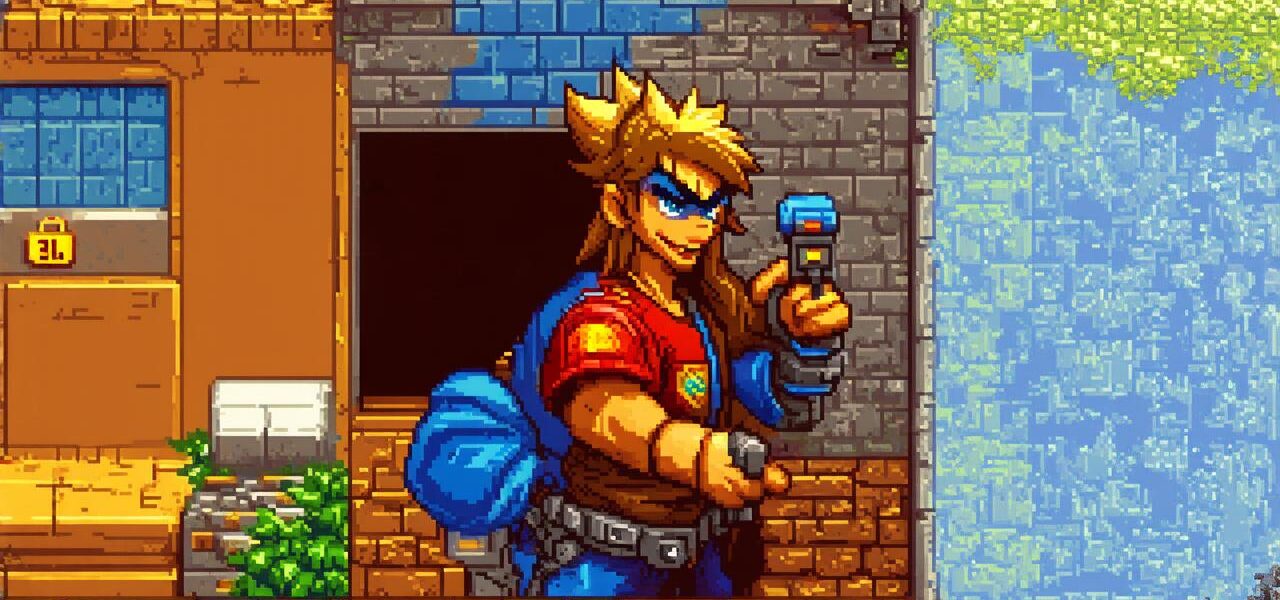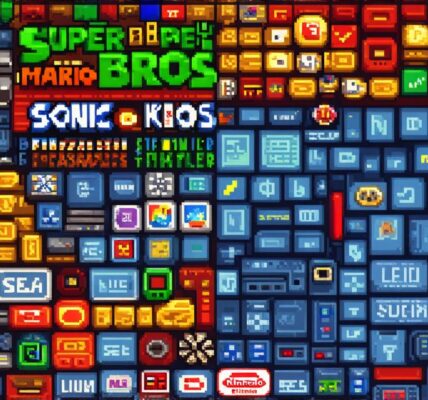After a discount of 35%, you pay $35.71 for a video game. what was the original price of the game?
Introduction
The world of video games is vast and ever-changing. With new technologies and advances in gaming, it’s no wonder that the prices of these games are constantly evolving as well. But one thing remains constant: the need for developers to understand their target audience and how they price their products. In this article, we will explore the concept of discounting video games and how it affects their pricing strategy.
The Puzzle: Calculating the Original Price of a Game after Discount
As a game developer, you know the importance of setting the right price for your product. But what happens when you decide to offer a discount? Suddenly, the original price becomes irrelevant, and the new price is all that matters. However, this new price can be confusing for potential buyers who are trying to determine if they’re getting a good deal or if they’re being overcharged.
The question on everyone’s mind: what was the original price of the game? This is where SEO comes in handy. By optimizing your website and blog posts with relevant keywords, you can increase your visibility in search engine results pages (SERPs) and attract more traffic to your site. With the right strategy, you can help potential buyers find the answers they need quickly and easily.
Case Studies: How Discounting Has Impacted Game Pricing Strategies
To understand how discounting affects game pricing strategies, let’s look at a few examples. In 2019, Electronic Arts (EA) released their popular game, FIFA World Cup Ultimate Team, with a price tag of $69.99. However, they soon decided to offer a discount of 35%, bringing the new price down to $45.99. This caused some controversy among gamers who felt that the original price was too high and that EA was trying to profit off their fans.
Similarly, in 2018, Nintendo released their latest console, the Switch, with an initial price of $299. But they soon realized that this price point was too high for many consumers and decided to offer a discount of $50, bringing it down to $249. This move proved to be successful, as sales increased significantly after the price drop.
In both cases, discounting played a crucial role in determining the final price of the product.

The Benefits of Discounting: Increasing Sales and Revenue
Discounting is not only effective at attracting new buyers, but it can also increase your revenue in the long run. When you offer a discount, you’re effectively creating a sense of urgency for potential buyers to make their purchase. This can lead to increased sales and revenue for your business.
Additionally, discounting can help to build brand loyalty and trust with your audience. By offering discounts to your existing customers, you’re showing them that you value their support and care about their satisfaction. This can lead to repeat purchases and a stronger relationship between your brand and your customers.
The Risks of Discounting: Overpricing Your Product in the Future
While discounting can be an effective pricing strategy, it’s important to use it carefully. If you rely too heavily on discounting, you risk overpricing your product in the future. This can lead to a lack of profitability and a loss of brand reputation.
It’s important to strike a balance between offering competitive prices and maintaining a healthy revenue stream. By using SEO to optimize your website and blog posts, you can attract more buyers while still maintaining a fair price for your product.
Conclusion
In conclusion, discounting video games is an effective pricing strategy that can help increase sales and revenue in the long run.




